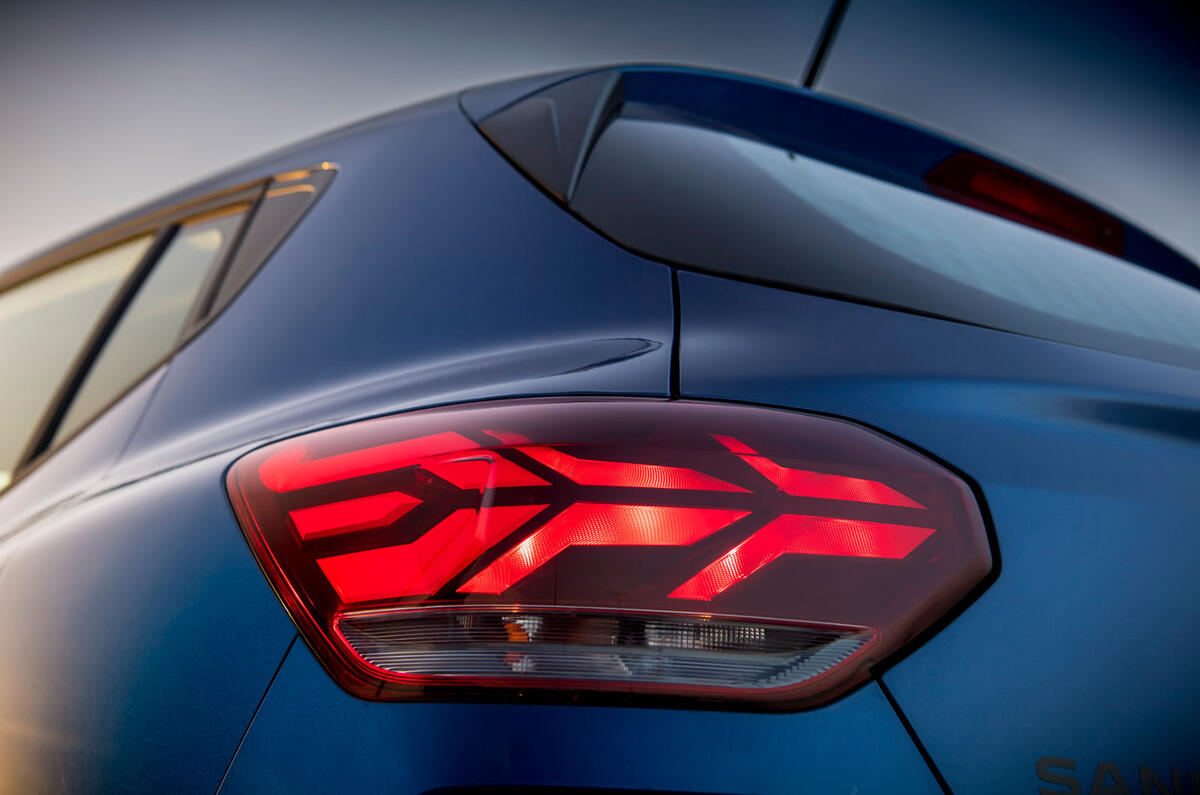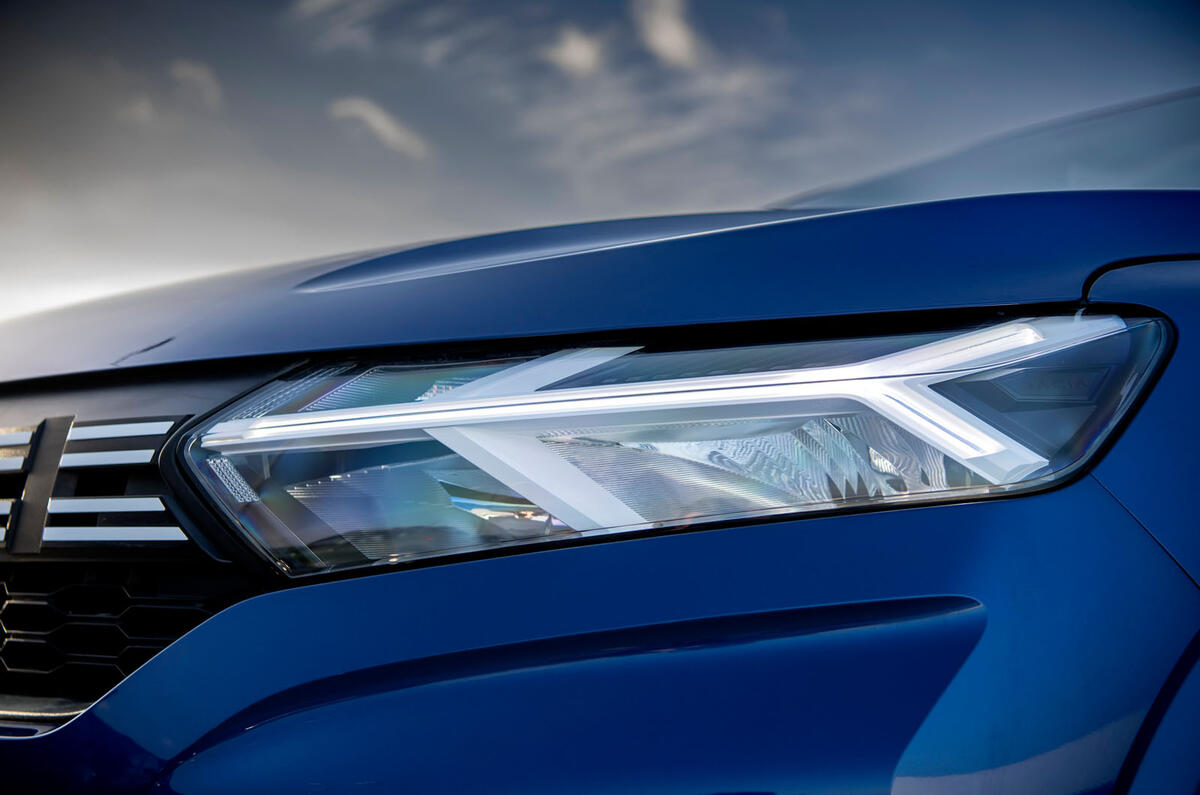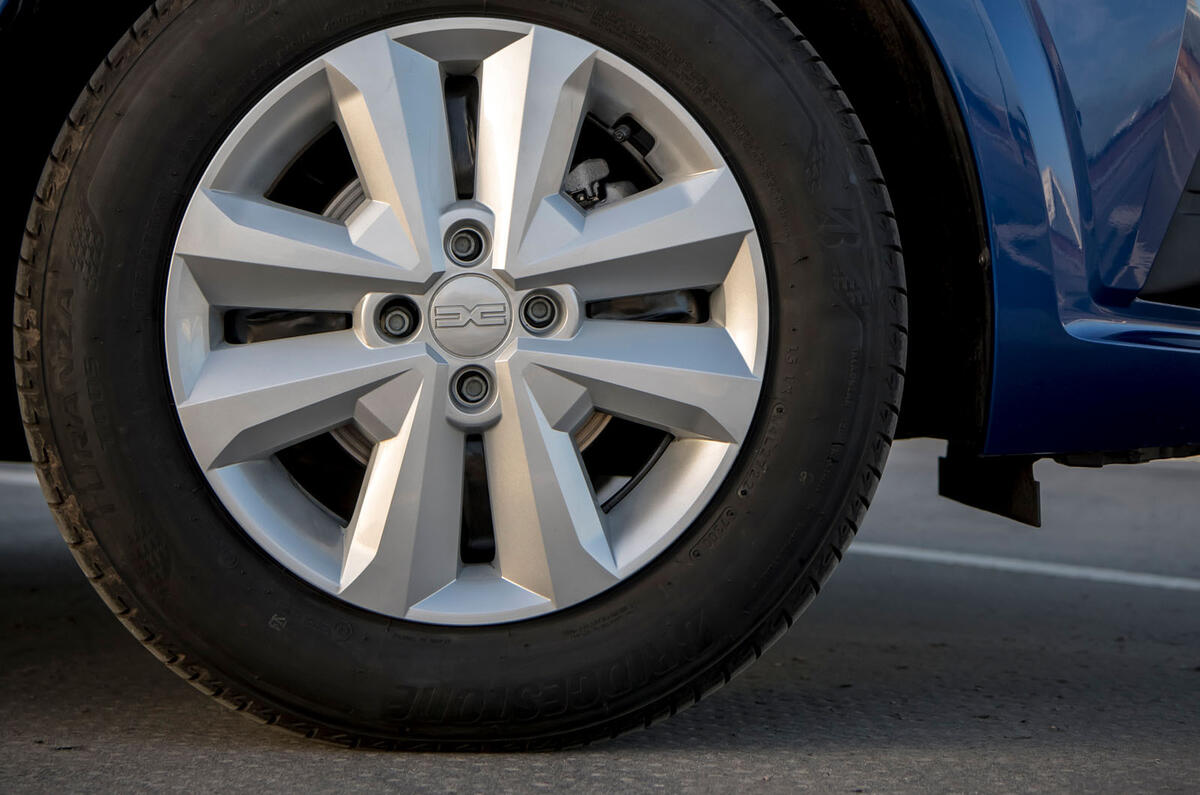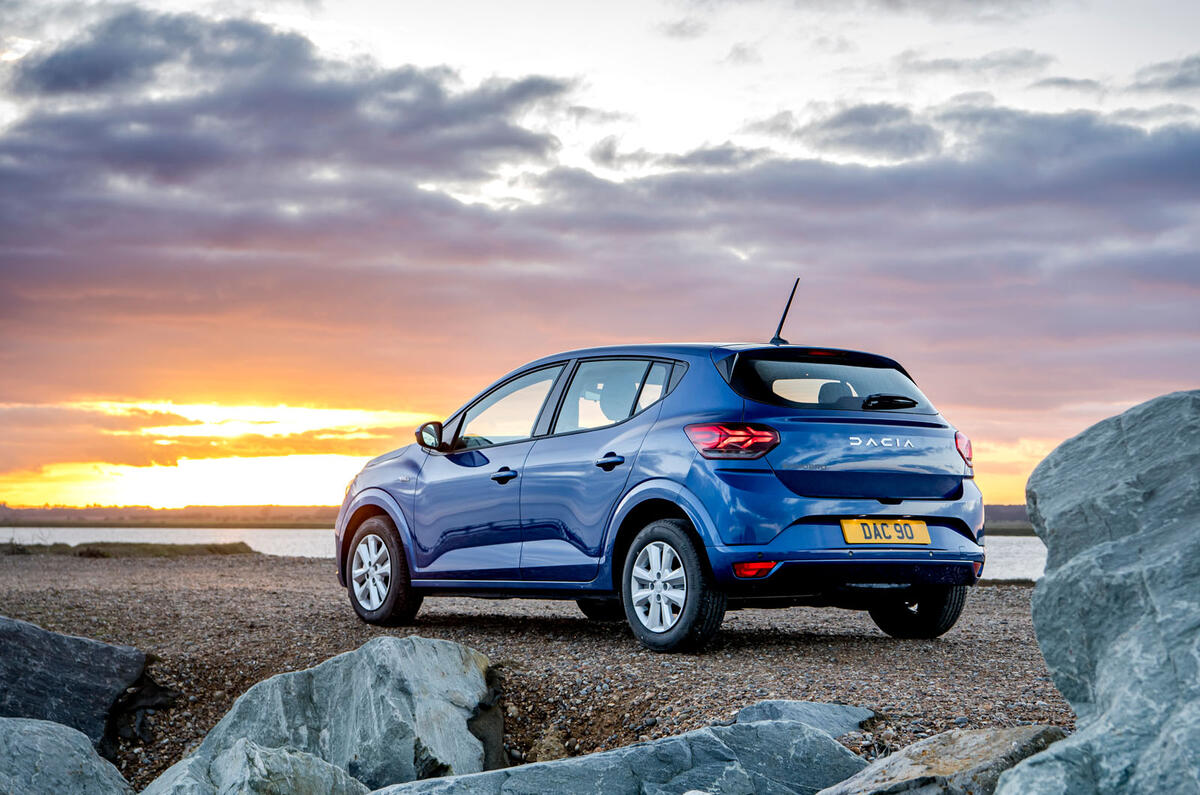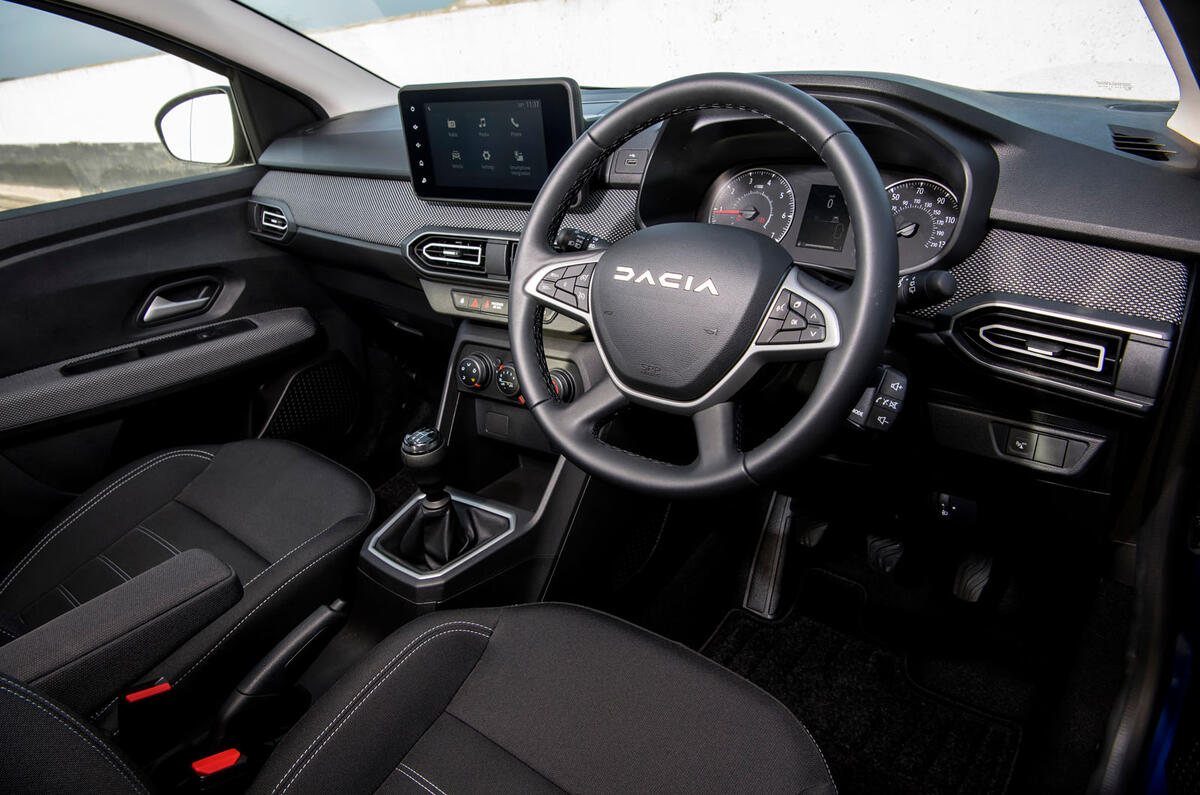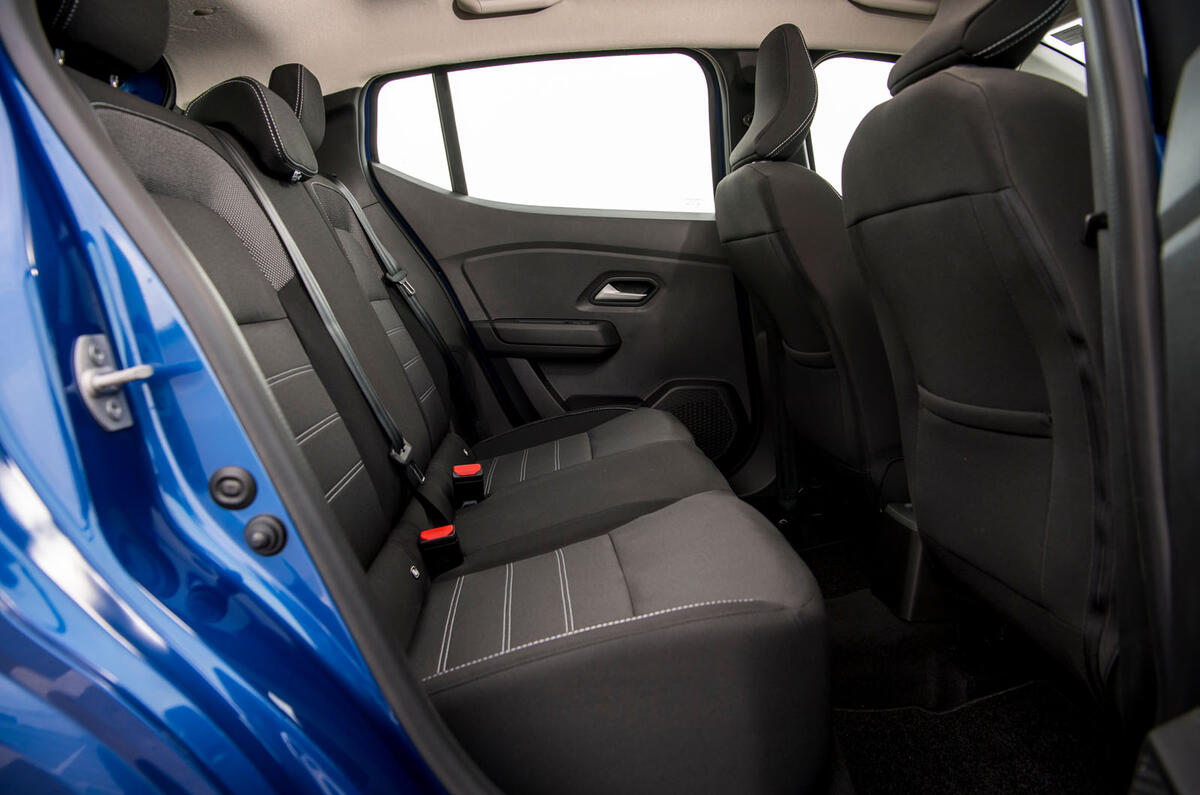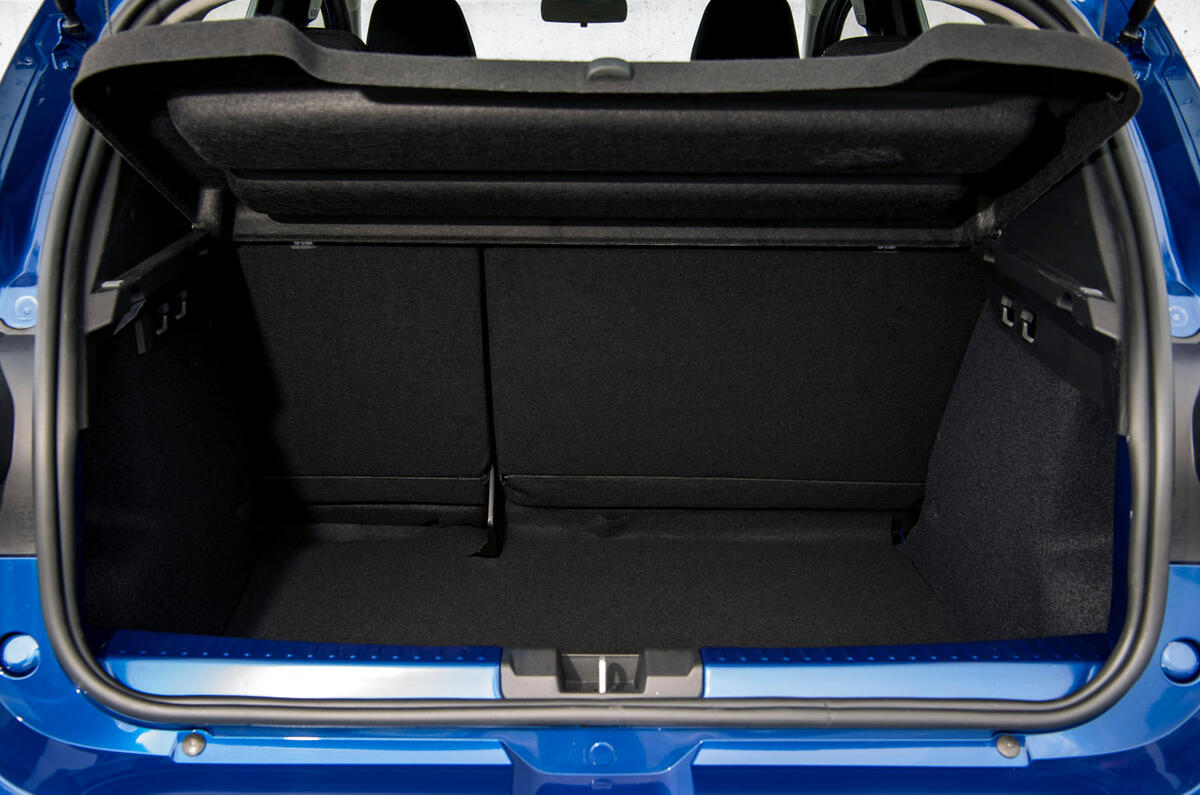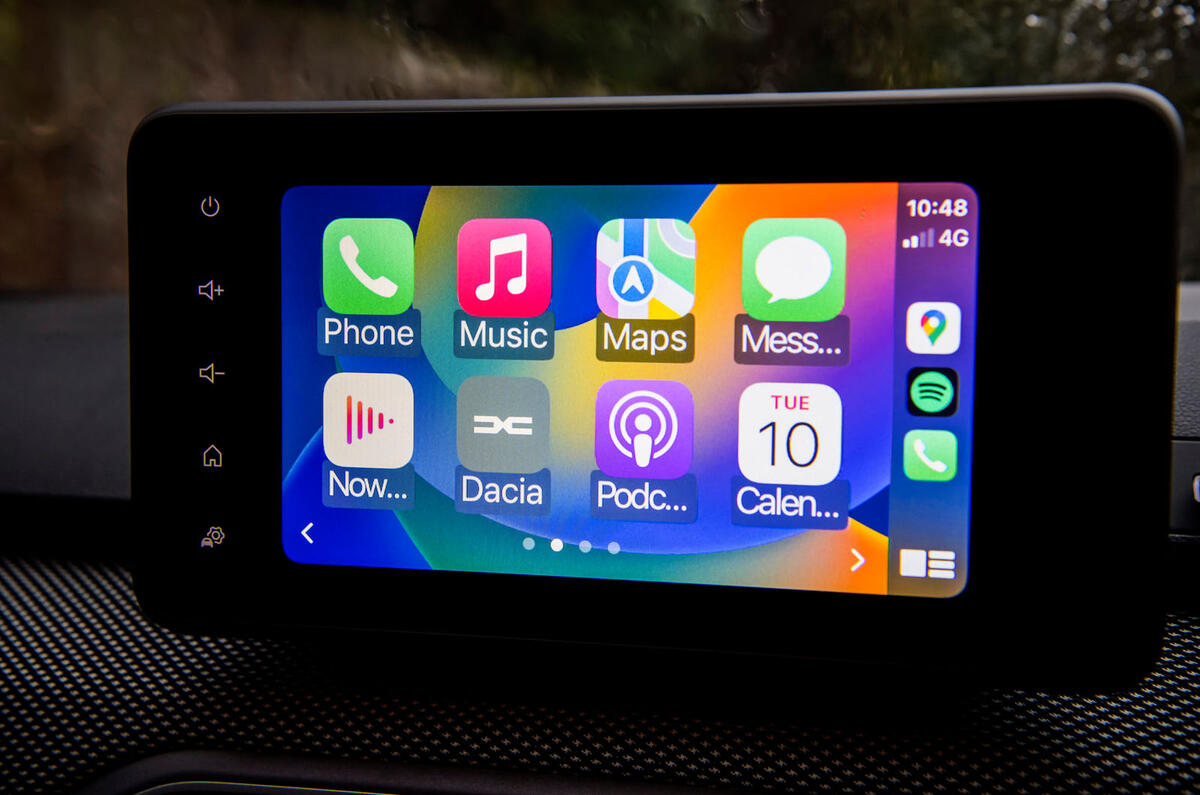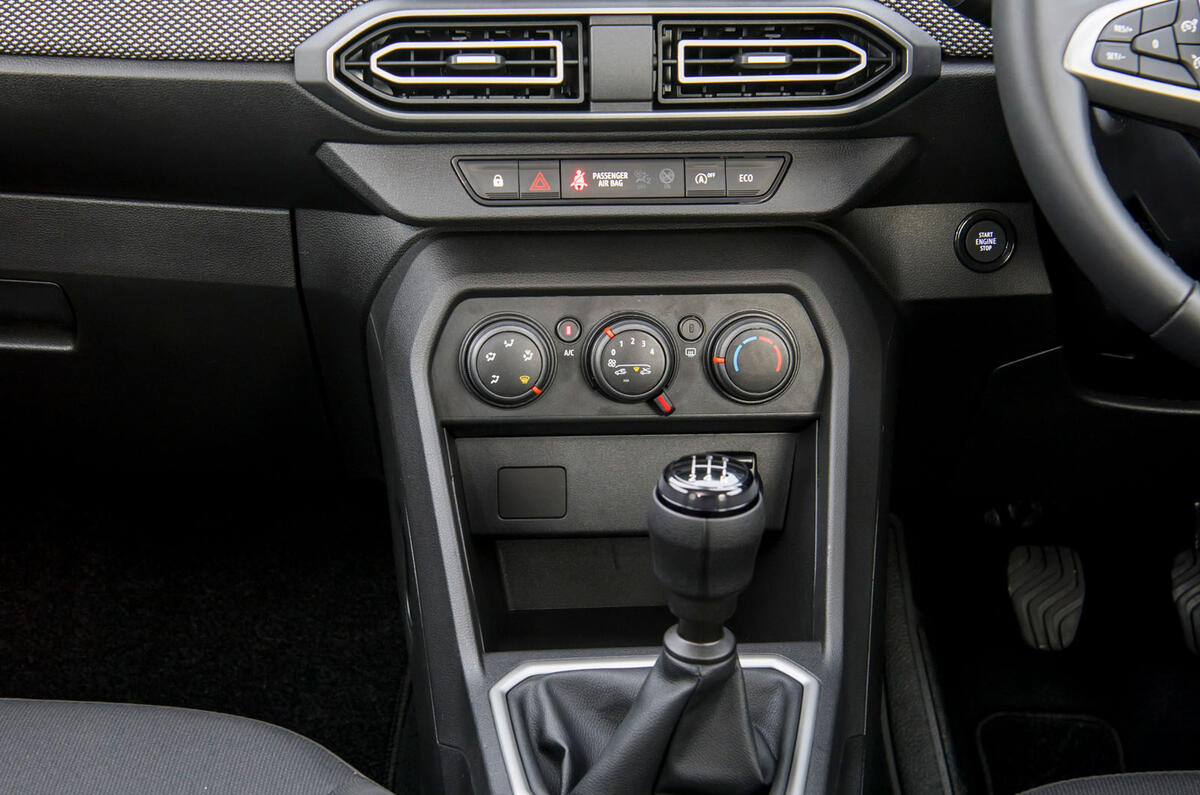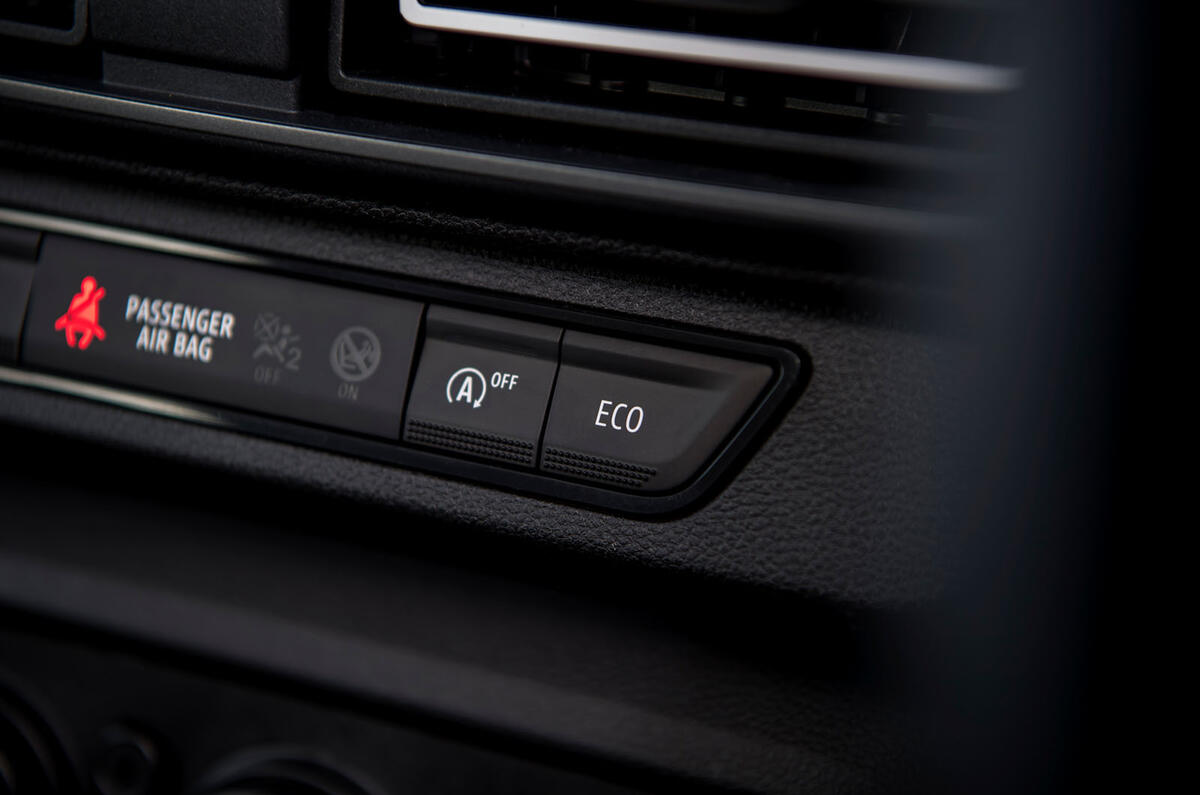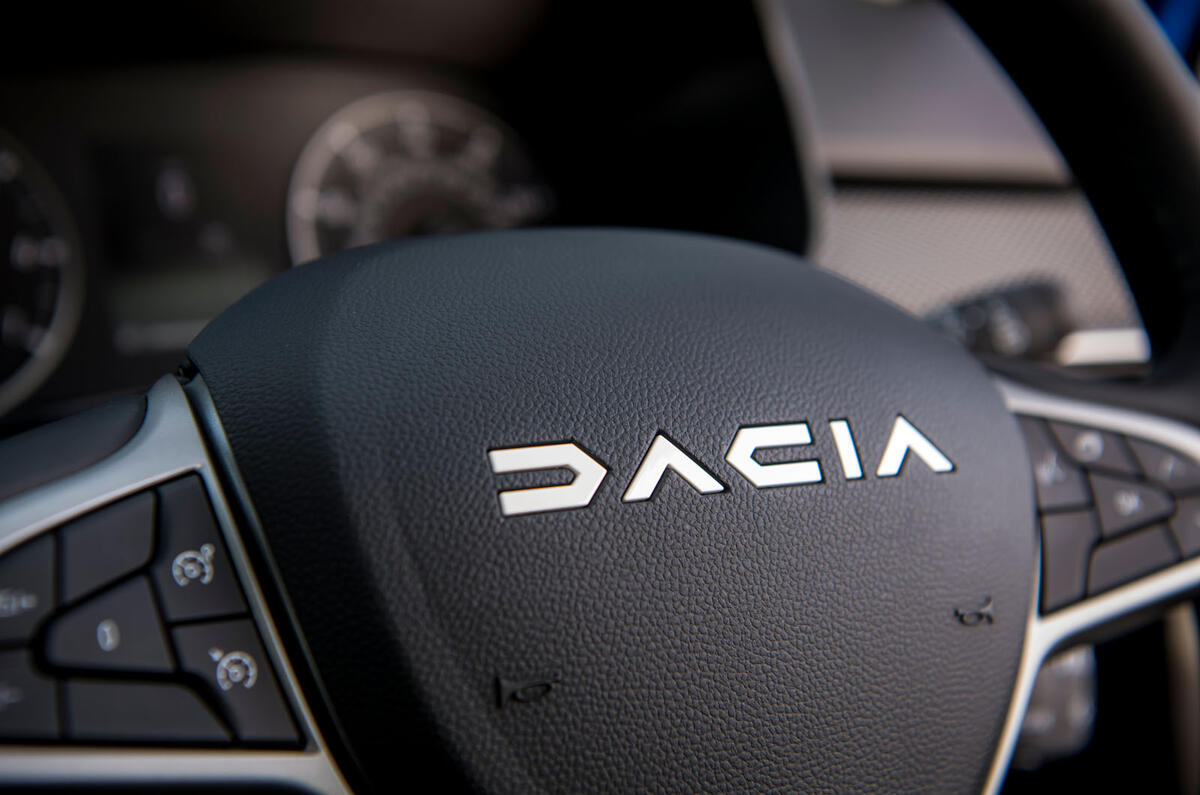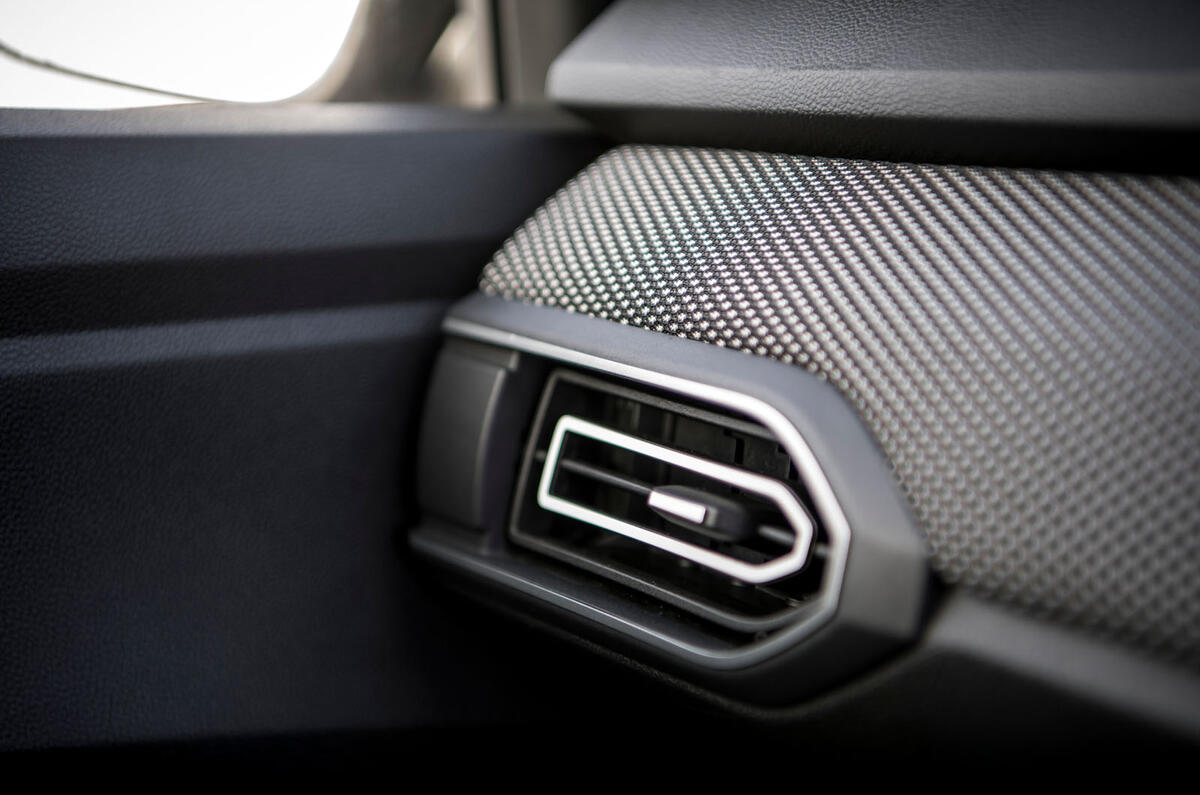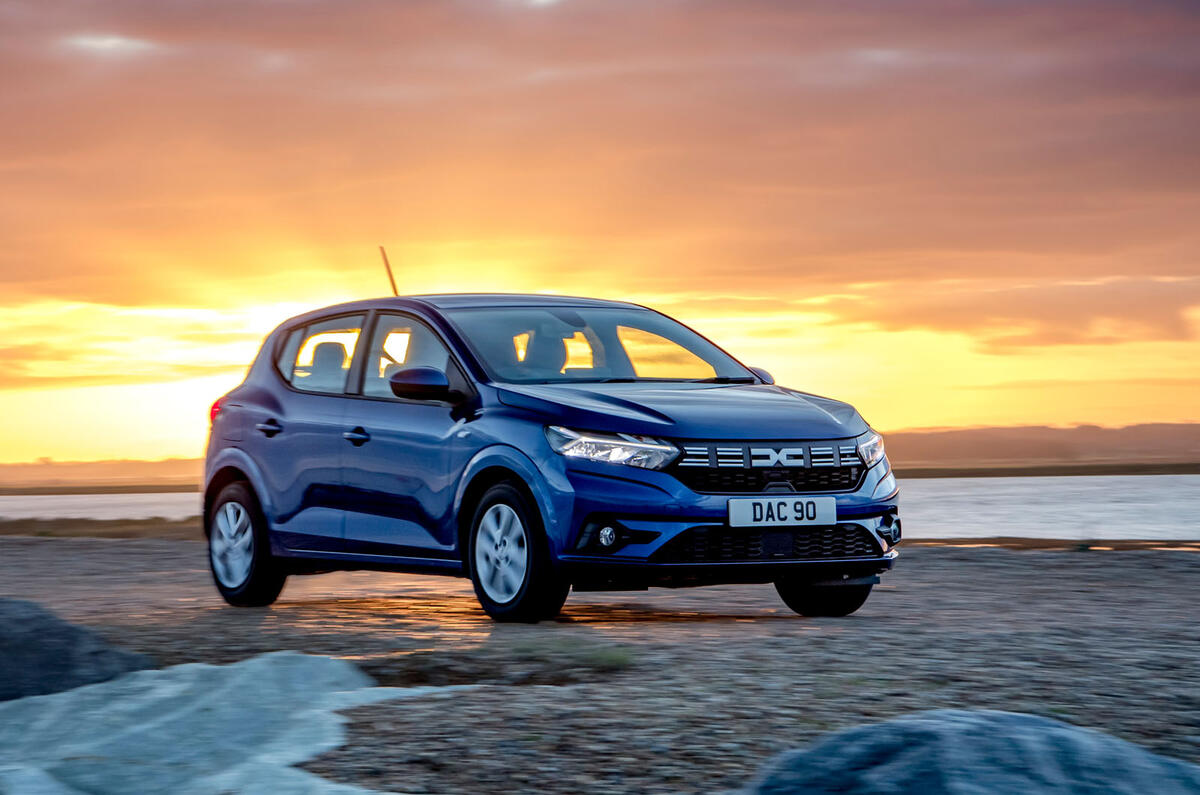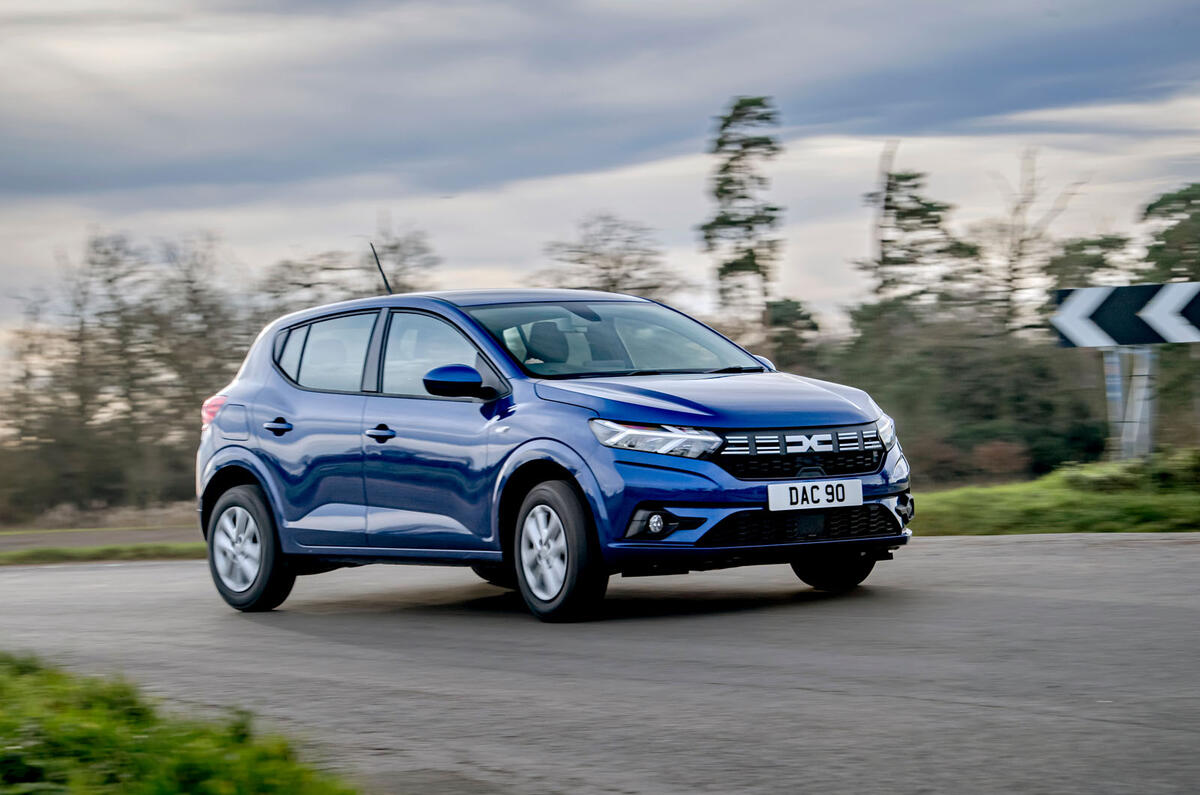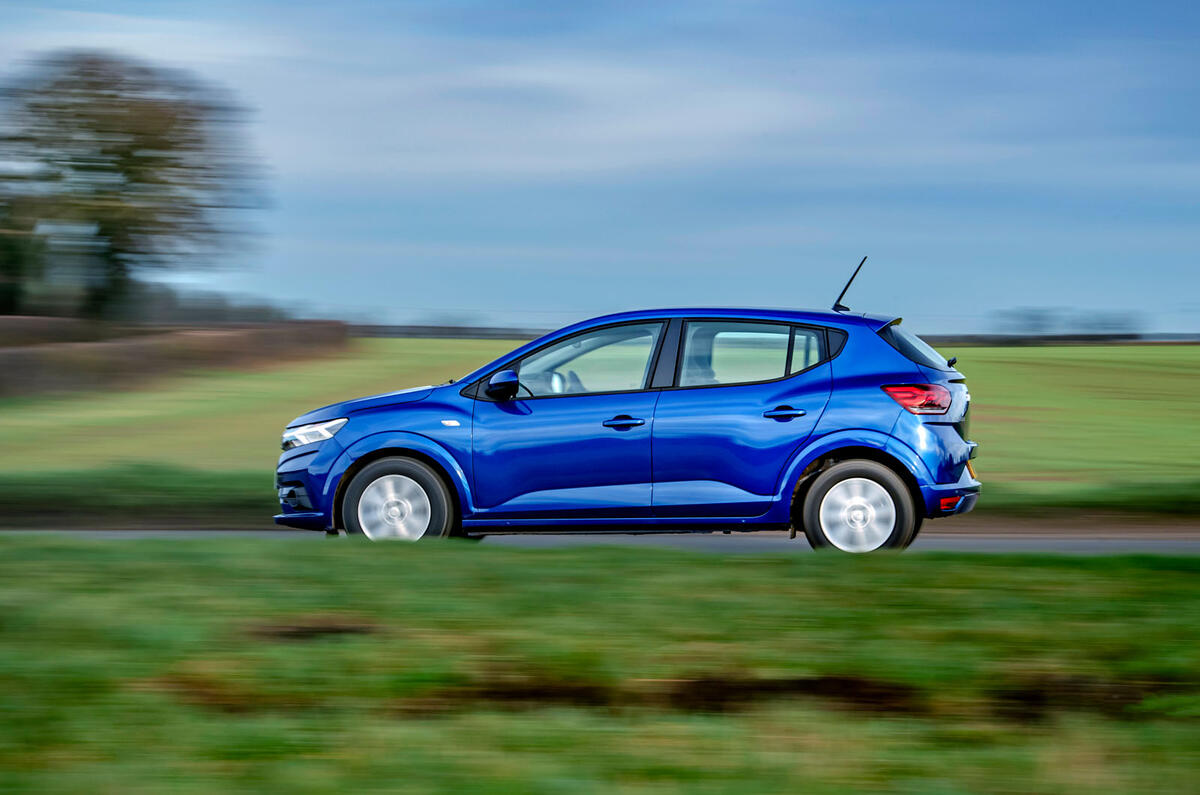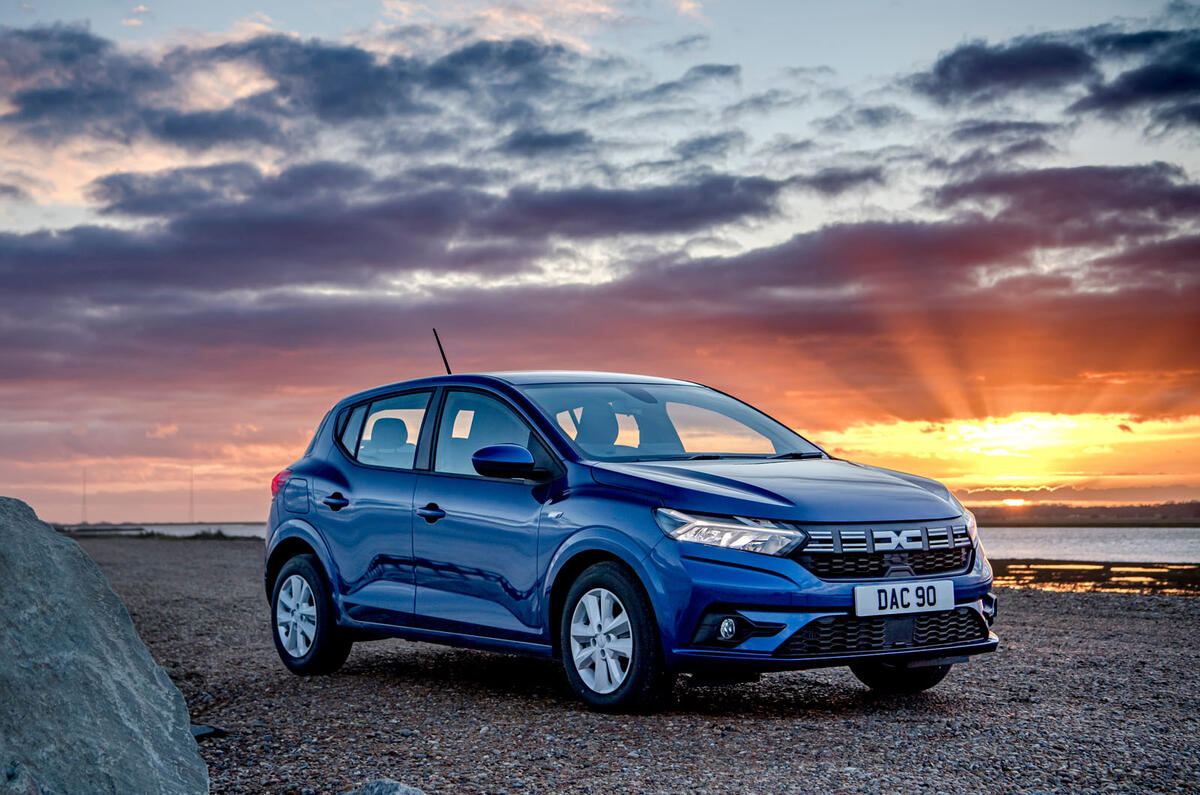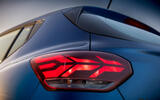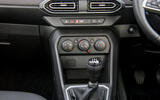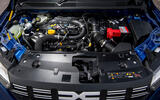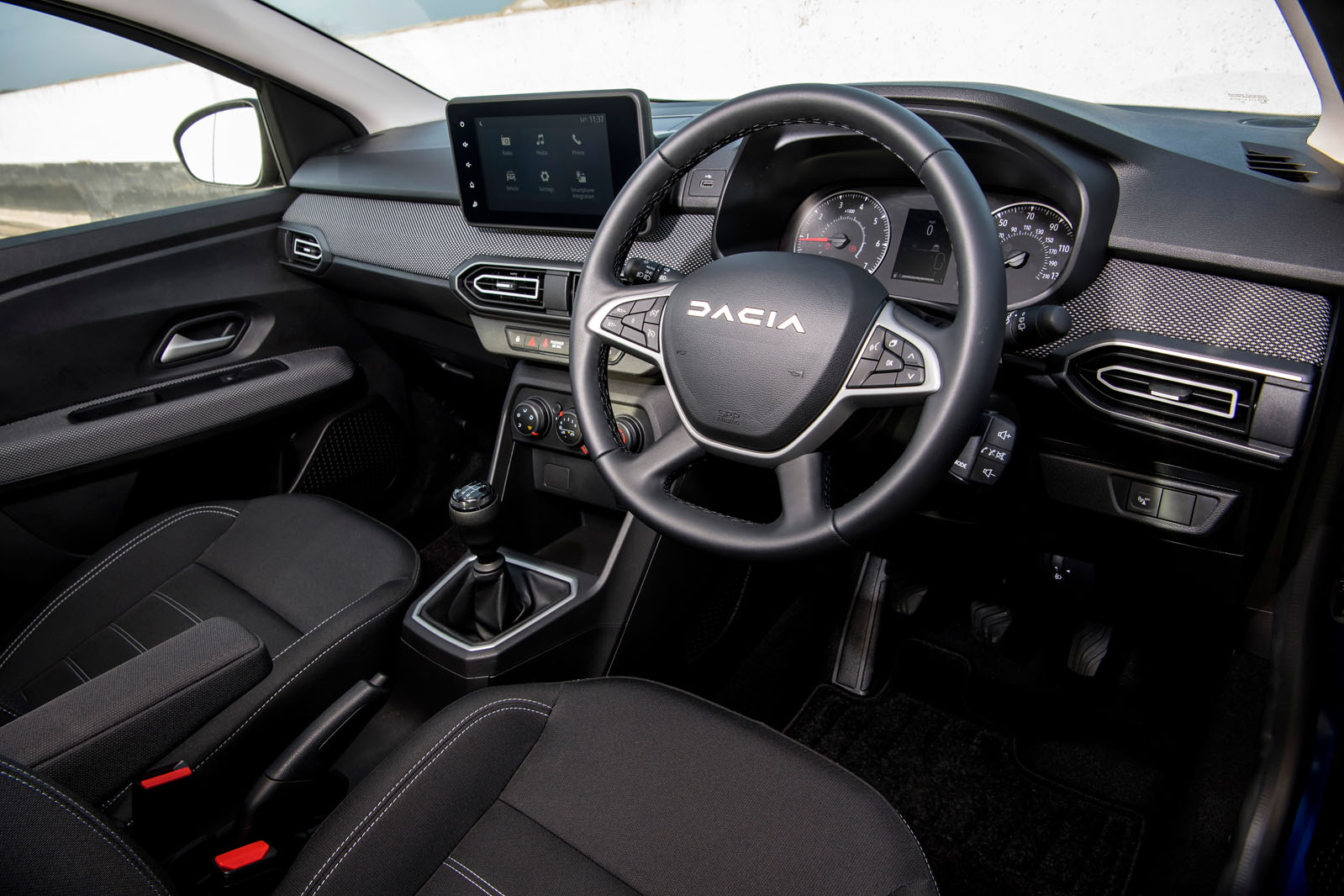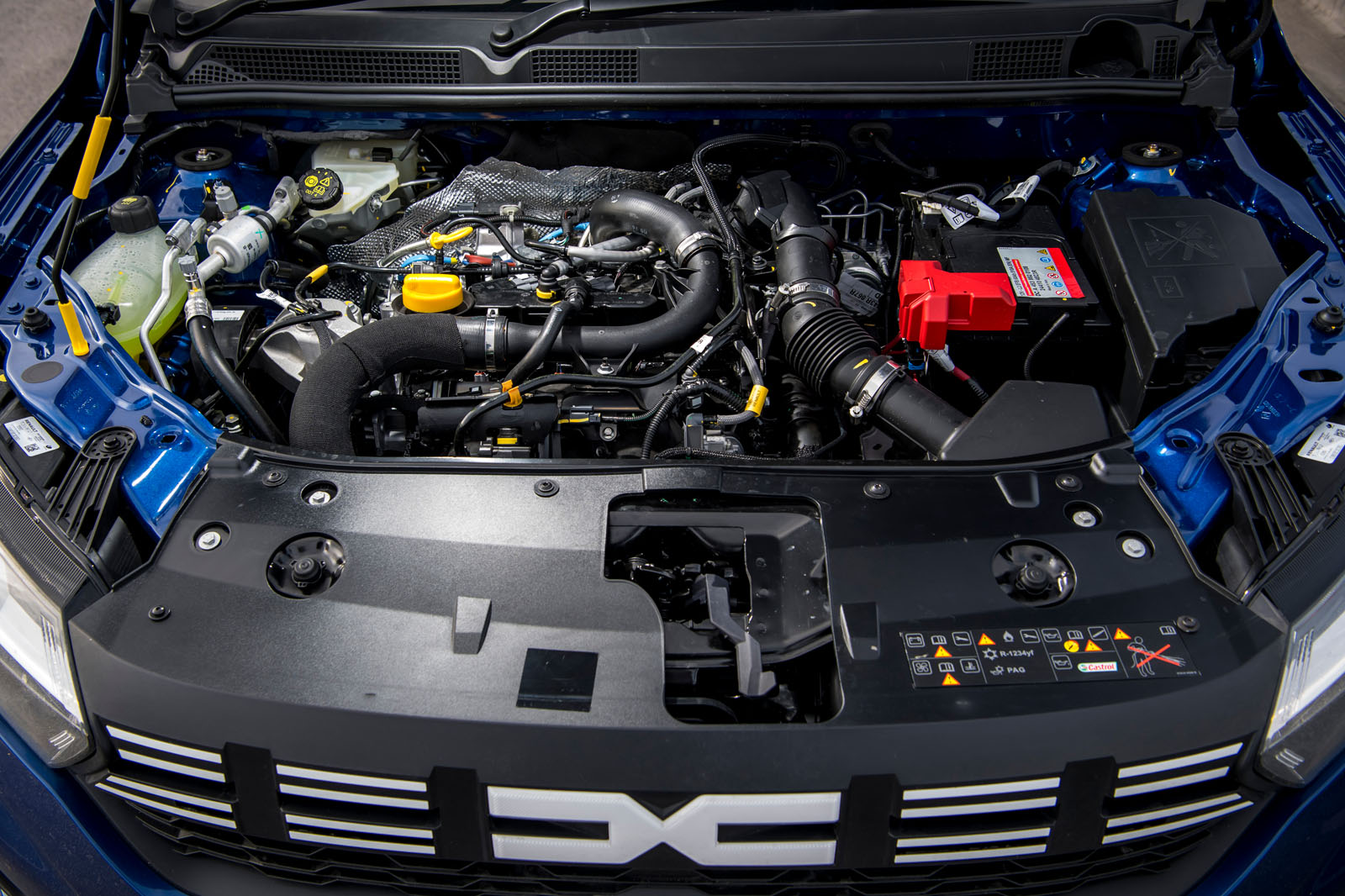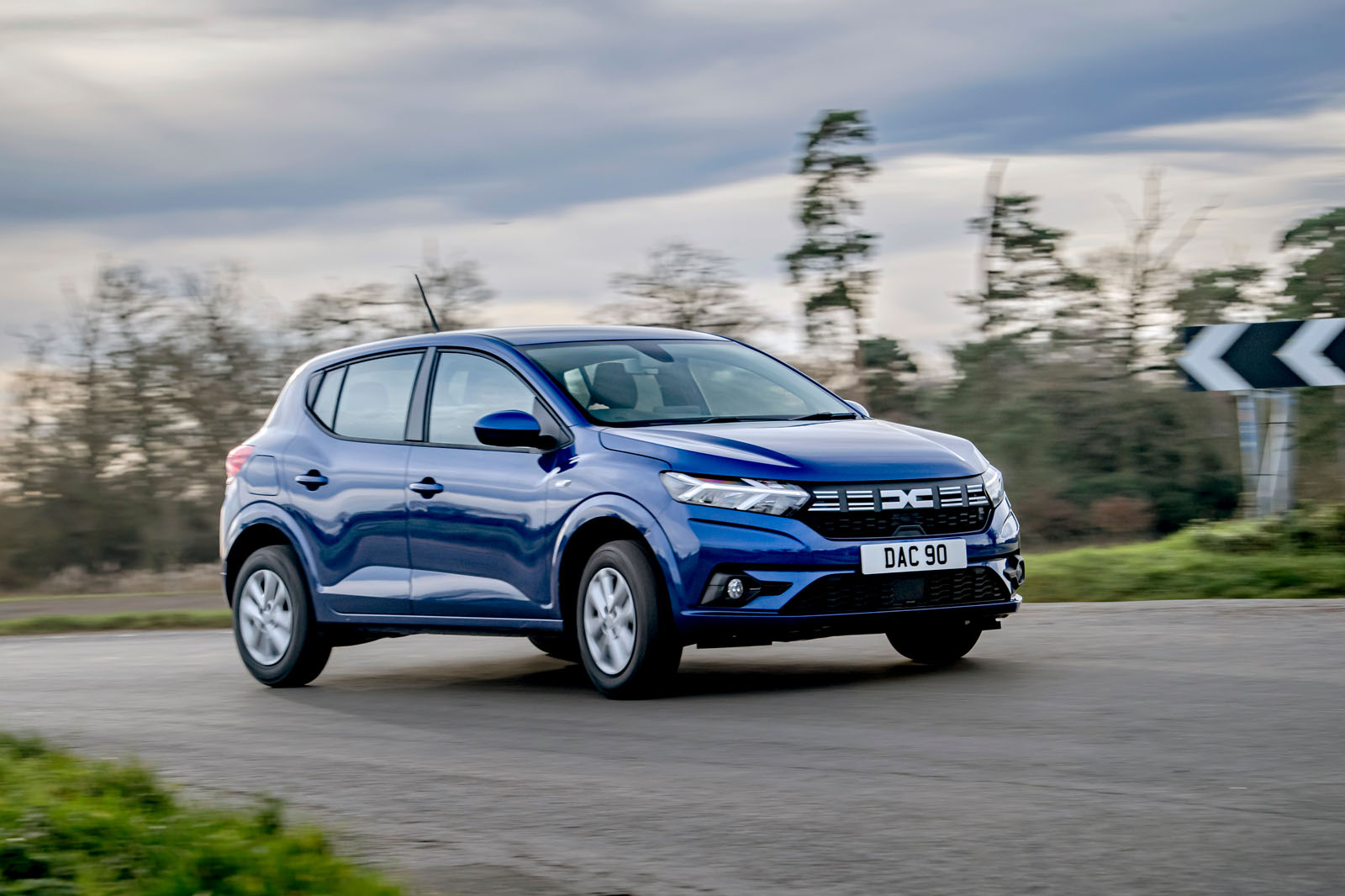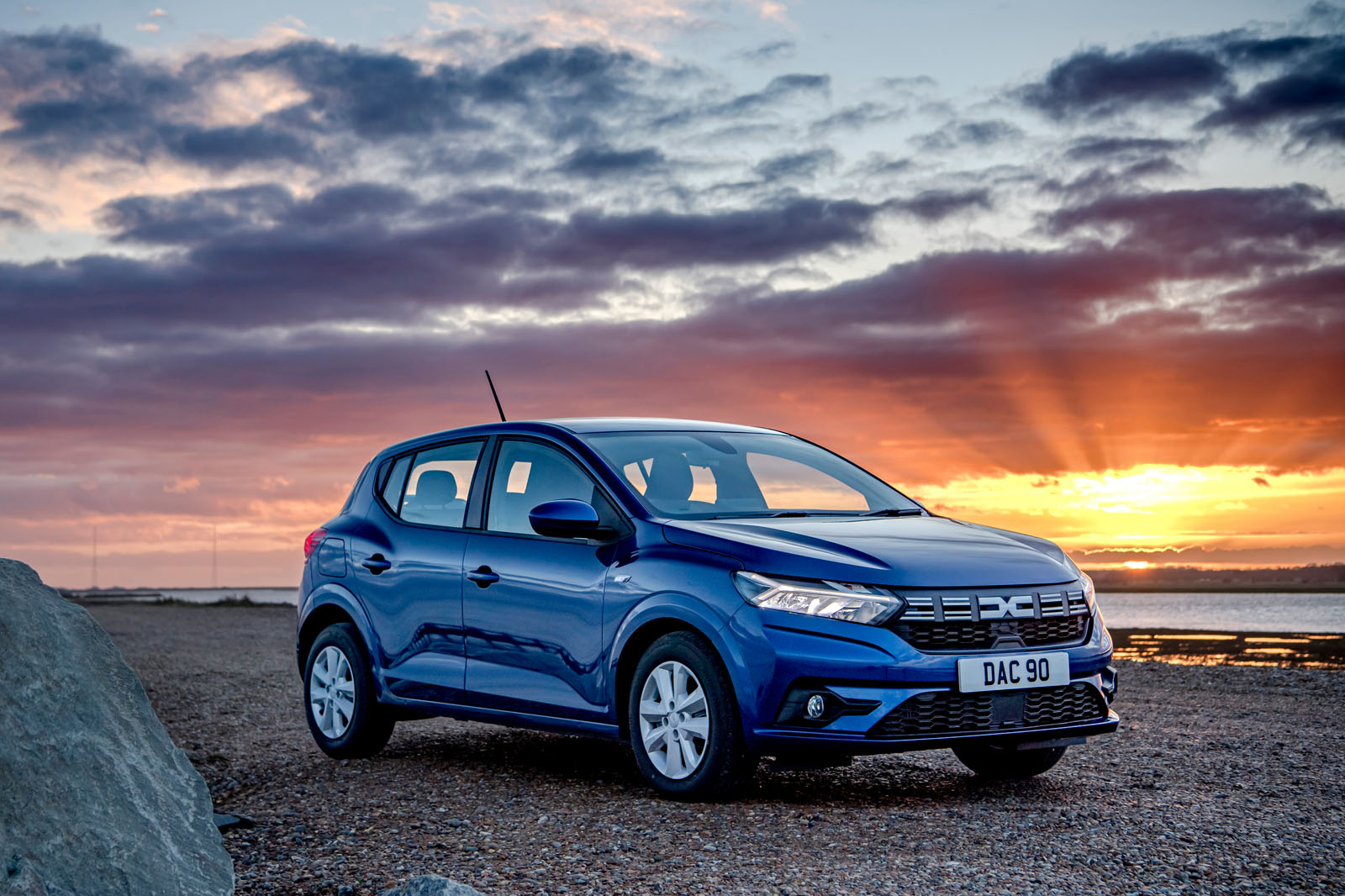While much of the rest of the car industry has been floundering, Romanian budget brand Dacia has been soaring during the past 10 years, and its biggest-selling model is this, the Dacia Sandero supermini.
The Sandero arrived in third-generation form at the end of 2020, bringing fresh styling, more practicality, slightly higher equipment levels and a new platform with it but keeping much the same value positioning that it had before. Ever since then, it has vied to be Europe’s best-selling new car and has never missed the podium in any full calendar year yet, finally hitting top spot in 2024.
In a simple sense, it’s not hard to see why it might be so popular. Even in our inflation-ravaged times, you can buy one outright in entry-level trim for less than £14,500.
But that bargain price is no longer the top and bottom of this car’s appeal – far from it. It is, for starters, no longer the basic, bare, austere proposition it was a decade ago, when British buyers first got to know it in second-generation form. This version of the car has taken significant strides on exterior style, and interior equipment and material specification, to a level at which it can compete and compare with more expensive superminis as an everyday ownership proposition on pretty level terms.
There’s a choice of petrol engines to be had in a car, as well as an appealing LPG-powered Bi-Fuel version for those who want a realistic alternative route to economical low-carbon motoring than electrification; there are both manual and CVT automatic gearboxes; and there’s a higher-riding Dacia Sandero Stepway version if you want that extra bit of toughness and convenience, which we've covered off in a separate review.



